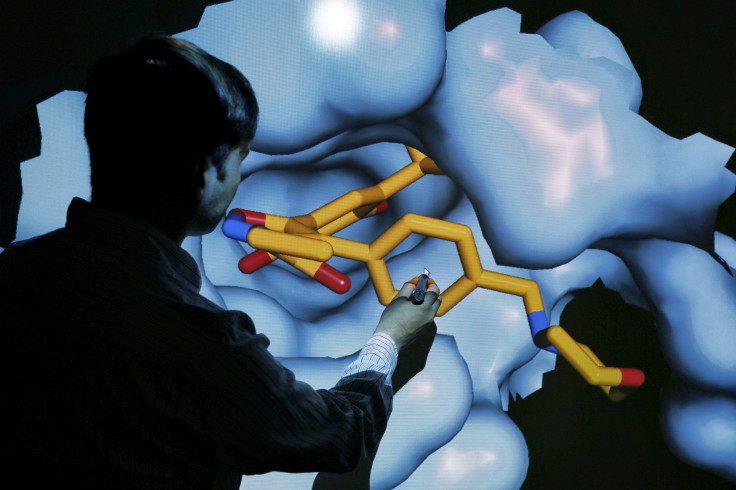Mechanism Of Memories Of The Past In The Brain

The brain stamps the memories with a temporal code, and it is retrieved on time-travel recollection process and even makes the nearby memory accessible, says a study by team of Vanderbilt scientists in the Journal of Neuroscience. It is mandatory to understand which region of the brain is involved in recollecting a particular piece of information among the lot, says Assistant Professor of Psychology Sean Polyn.
This will help in preserving memories of patients with Alzheimer’s disease and epilepsy and also identify the adverse effect of the psychotropic drugs on the people’s memory, added the researcher, reports news.vanderbilt.edu.
Since injuries in the Medial Temporal Lobe (MTL) of the brain cause amnesia and memory-related problems, it has been understood by scientists that MTL has a central role to play in the memory of an individual. But they weren’t able to establish an answer for the question, how does the brain control the fidelity of an individual’s memory, says the researcher. All the memories are not treated equally by the brain, high fidelity memories are kept at one end of the brain and bits of information that are remembered clearly but without accompanying details are kept at the other end, explains the researcher.
The researchers tested their model with 20 people, 13 female and 7 male, aged between 15 and 35 years, using an fMRI scan. They were given a list 24 things, both animate and inanimate, and were questioned about these items to make them concentrate on the list. After a little break, they were asked to recall the things on the list in the order these were present.
Individuals, who experienced a high fidelity memory of a particular word, could remember the word that followed immediately, whereas random words from the list followed in low fidelity memory. The brain stamps the memories with a temporal code, and it is retrieved on time-travel recollection process.
It also makes the nearby object in the list accessible, explains the researcher. It is much like saving and retrieving information from the computers, but even more powerful as human memory can be retrieved with information on sound, smell, sight and emotions, says the researcher.
To report problems or to leave feedback about this article, e-mail: saranya@ibtimes.com.au





















